- Joined
- Aug 15, 2000
- Messages
- 19,098
Success relates to how a diamond performs in real world conditions - not just at point of sale.I engage in R&D only if I understand how to use the result in case of success. Here, I don’t know how to use the result, whether in case of success or failure. Moreover, I don't understand what would even be considered a success here.
Modelling Fluorite, RI 1.43 and close to that of many oils I created this example.
Note that I can not adjust the crown refraction for diamond, which bends the light more than in this example, but the principle holds as our two eyes are not lined up with the ray anyway.
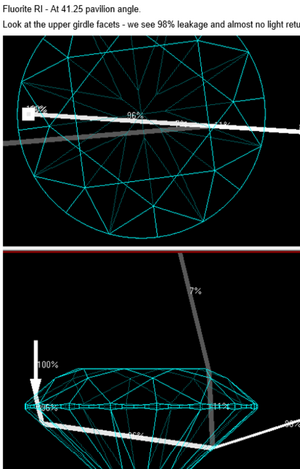
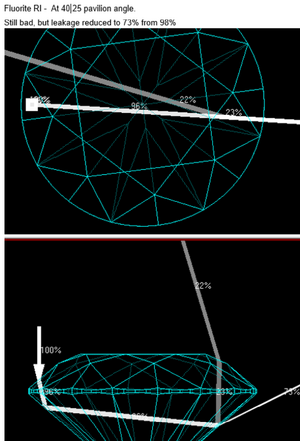
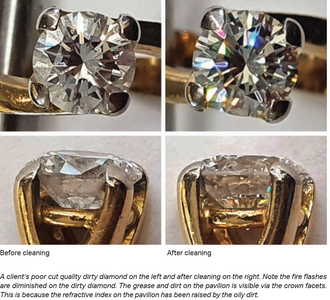

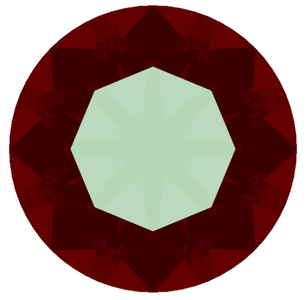
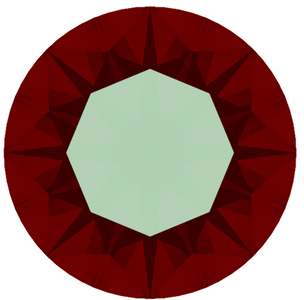

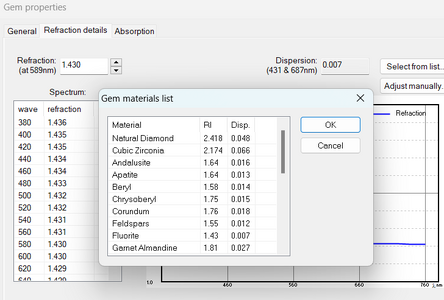

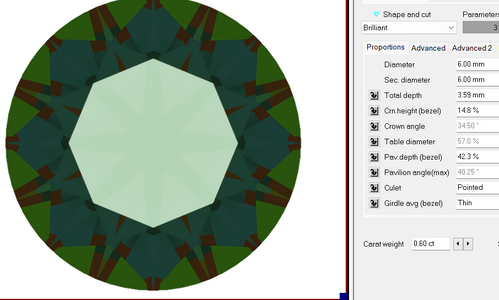
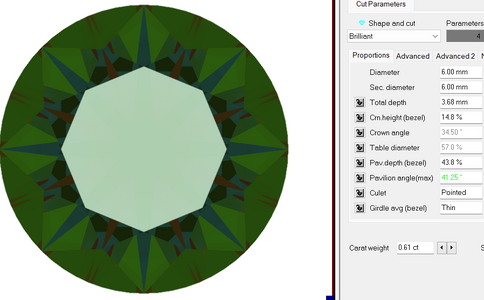
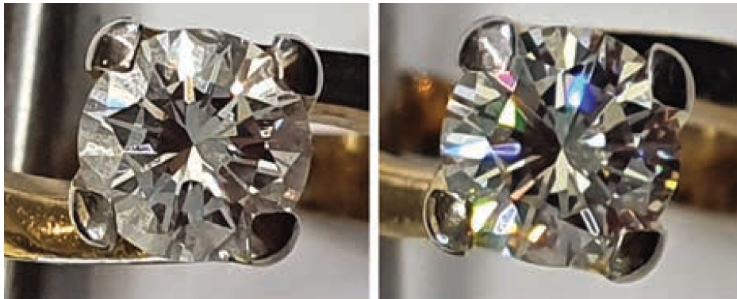


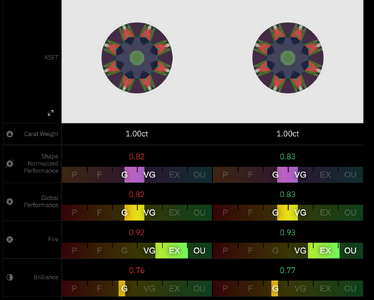
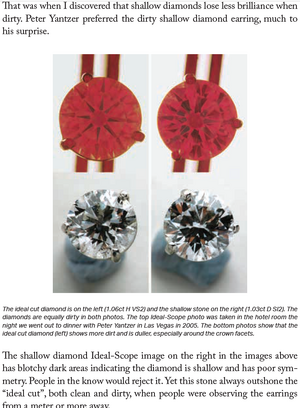


300x240.png)